If you click on a link and make a purchase we may receive a small commission. Read our editorial policy.
Inside the visually stunning Infinity Castle scene of Demon Slayer: Kimetsu no Yaiba – To the Swordsmith Village
How CG animation made Demon Slayer movie's mindbending Infinity Castle scene happen
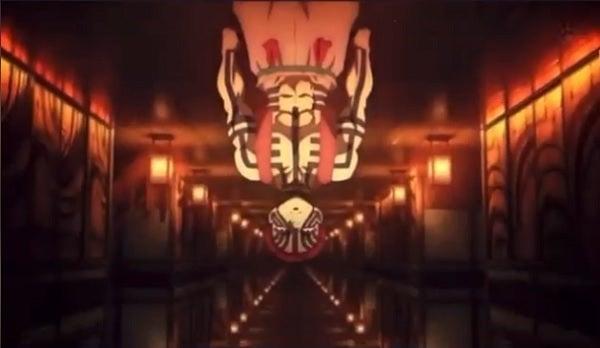
The Demon Slayer: Kimetsu no Yaiba – To the Swordsmith Village film is merely an appetizer for the upcoming third season of the anime. The opening 45 minutes are the closing episodes of the 'Entertainment District' arc that aired in 2022 and it isn’t until halfway through that we see any new footage. Fortunately, the first fresh animation we see is easily the most visually stunning scene in the movie, seamlessly blending traditional animation techniques with Computer Generated (CG) animation technology as the demon Akaza traverses Infinity Castle.
This isn’t the first time that fans have seen the inside of Muzan’s lair, but it is the best look anime fans have had at its ever-changing structure. Akaza, who fans will remember for his incredible fight against Flame Hashira Rengoku in the Mugen Train movie, drops, jumps, and flies over the shifting walls of the Infinite Castle. The demon himself is drawn using the more traditional, drawn animation style that studio Ufotable usually employs, while the folding walls of Infinity Castle are rendered with CG. It is, without a doubt, the best-looking scene in the entire film and serves as a showcase for what this technology can offer animation studios.
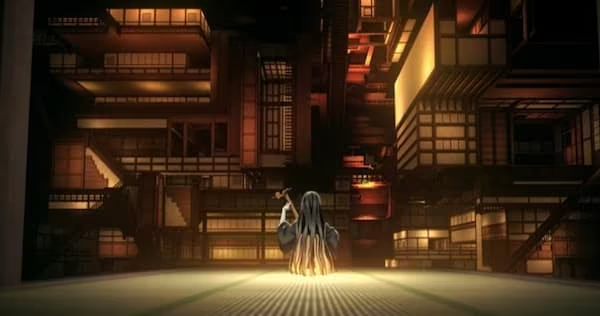
It is hard not to notice how more anime studios are using CG animation to make scenes like this happen. Some shows, like Trigun Stampede, are rendered fully in CG animation, while others take the Attack on Titan approach and use CG to create more outlandish character designs or inhuman movements. It allows animators to incorporate the kind of big, panning shots with lots of changes in perspective as you see in Demon Slayer’s latest film, moving the camera around the landscape in a way similar to how a live-action director would. Once the environment has been designed and rendered, the action can move around it with near-total freedom.
Obviously, this is possible using drawn images and has been for decades now. The iconic first fight between Goku and Vegeta in Dragon Ball Z used it way back in 1989, but the use of computer animation makes shots like these far faster and easier to produce. Rather than needing to redraw characters or landscapes one image at a time, CG animation allows animators to move the camera around the scene in more dynamic ways.
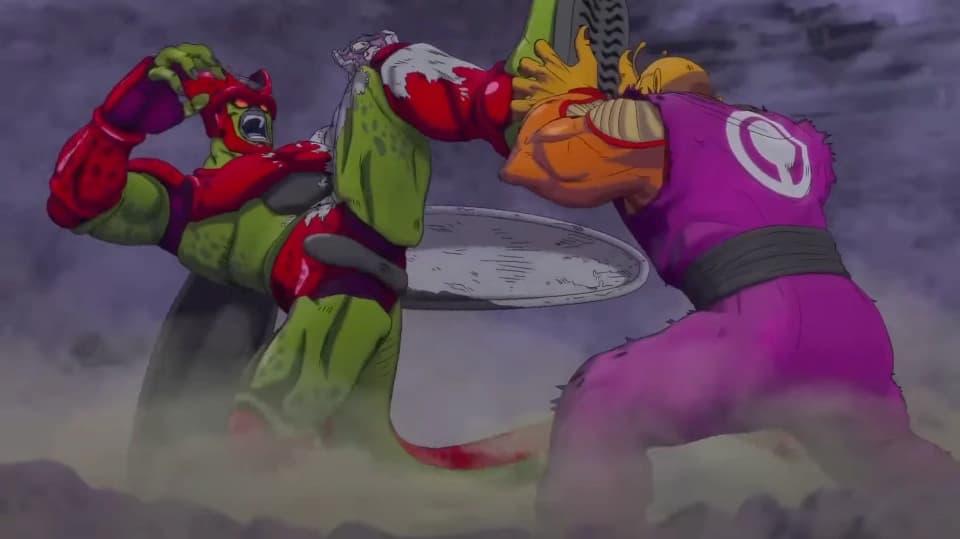
Scenes with lots of motion benefit from this style of animation. CG animation helps bring a sense of dynamic energy to anime without forcing animators to spend hours redrawing the same figures with slight variations in their points of view. The final scene in Dragon Ball Super: Super Hero shows multiple fighters attacking the film’s main villain, Cell Max. The camera follows the motion through the air to give viewers a sense of the energy behind the action before panning back to show the end result, which is Piccolo grappling the monster with all this strength. The actual movement lasts for just a few moments but gives a sense of flow to the action on the screen.
To pull this off, the animators at Toei had to render Piccolo, Cell Max, and the destroyed landscape around them in full 3D. Every angle had to be accounted for because there was always a chance that the camera would catch a glimpse of the ground or a character from a direction they hadn’t anticipated. CG animation requires a lot of frontloaded work to build the models, ensuring that they look good from any point of view before any actual animation can be recorded.
The advantage of doing this work is that, once you have the models, you can do a lot of very creative stuff with them. That fight against Cell Max shows Piccolo’s arms stretching, dramatically filling the screen as he attempts to give Gohan enough time to charge his ultimate attack. Using the same model, you can grow the character's size or alter their shape on the fly without having to create an entirely new image every time. The models are still there, no matter what you try with them, affording you near-infinite flexibility to do new things in the name of creating the perfect scene.
You can actually see this principle in action thanks to some creative Dragon Ball FighterZ players. When a mod was released that fixed the camera in a single position, we could see exactly what characters looked like during their Super attacks.
Watch the video at the 4:15 mark and note what happens to Gohan’s hand. Normally, the camera would be panning around him as he fires off the Father-Son Kamehameha, so the animators played with the proportions of that arm to create a far more dramatic visual.

By using the camera angle to force perspective on Gohan, the viewer won’t notice the exaggeration. The increased size of the arm means that the animators can have a lingering shot of the character’s hand as he gathers his energy for an ultimate attack. The forced perspective can be done in traditional animation, but it is expensive and time-consuming. CG animation isn’t necessarily faster, easier, or cheaper, but it does lend itself to this type of scene and gives the animators more options in how they present the action.
Moments like the Infinity Castle scene in Demon Slayer: Kimetsu no Yaiba – To the Swordsmith Village, which mix CG and drawn animation, are particularly tricky to pull off. The camera movement creates a sense of motion, even when Akaza isn’t being particularly active on the screen. With the computer-rendered panels and walls doing most of the movement, the animators were free to spend time and money focusing on making sure the character in the center of all the action looks as good as possible.
It is one of the best examples of making these two different animation styles blend together because Ufotable was so clever about how they did it. The scene is shrouded in shadow and darkness, meaning that the contrast between them is far less noticeable. The points where they physically interact are quick and the camera doesn’t linger long enough for the viewer to spot. They made sure that the CG animation worked for them without creating a jarring contrast. Ufotable’s stellar animation isn’t the only reason Demon Slayer remains one of the biggest anime franchises on the planet, but it certainly helps.

Compare this to the way the same technique was used in 2013’s Dragon Ball Z: Battle of Gods. With this scene taking place during the daytime and in Akira Toriyama’s bright and colorful style, the contrast between Beerus and the city around him is far more noticeable. Rather than looking like they belong together, the drawn characters look awkwardly placed on top of the buildings and roads.
In the decade since Battle of Gods hit the big screen, animators have learned a lot about how to meld CG and drawn animation styles. CG isn’t likely to take the place of traditionally animated features, but there are a growing number of animators in Japan who have experience using it and directors who understand how it can be used effectively. It is likely to be a more commonly utilized tool in their arsenal to create more stunning action scenes in the future. When used as it was in Demon Slayer: Kimetsu no Yaiba - To the Swordsmith Village, it can create truly spectacular results.
Slay on, Demon Slayer. As we prep for new installments of the Demon Slayer anime, here's a survival kit to help you. First, a guide to all the major Demon Slayer characters. Second, recommendations for how (and where) to watch all of Demon Slayer. Third, context of why Demon Slayer is so popular. Fourth, when we think Demon Slayer season 4 is coming out. And also, how Demon Slayer ends (at least in the manga).
And as a bonus, you can watch the full NYCC Demon Slayer panel with the voice cast.
Follow Popverse for upcoming event coverage and news
Find out how we conduct our review by reading our review policy
Let Popverse be your tour guide through the wilderness of pop culture
Sign in and let us help you find your new favorite thing.

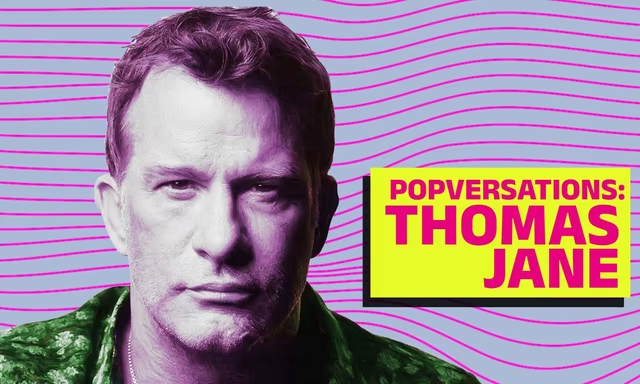


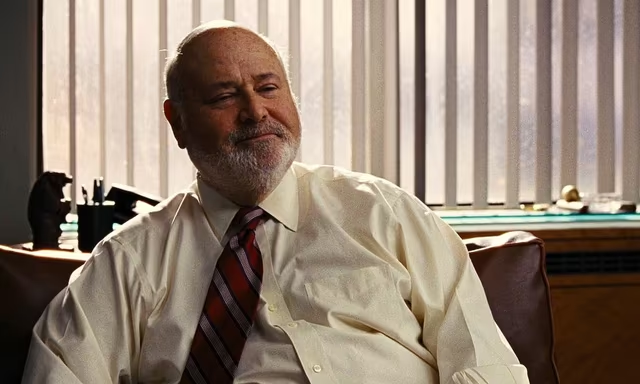
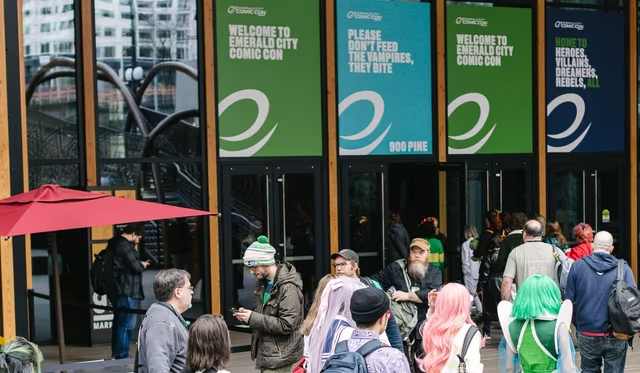

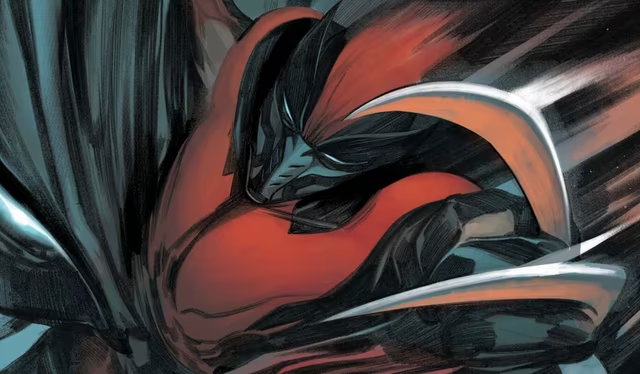
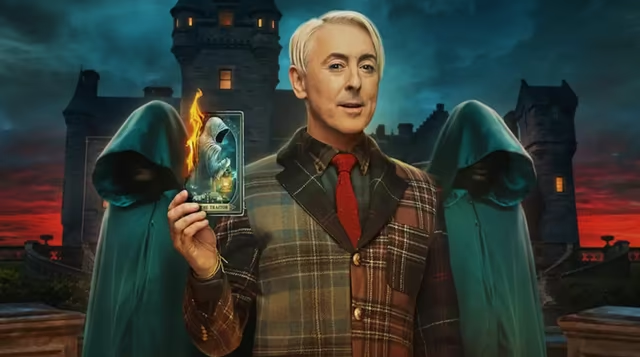






Comments
Want to join the discussion? Please activate your account first.
Visit Reedpop ID if you need to resend the confirmation email.